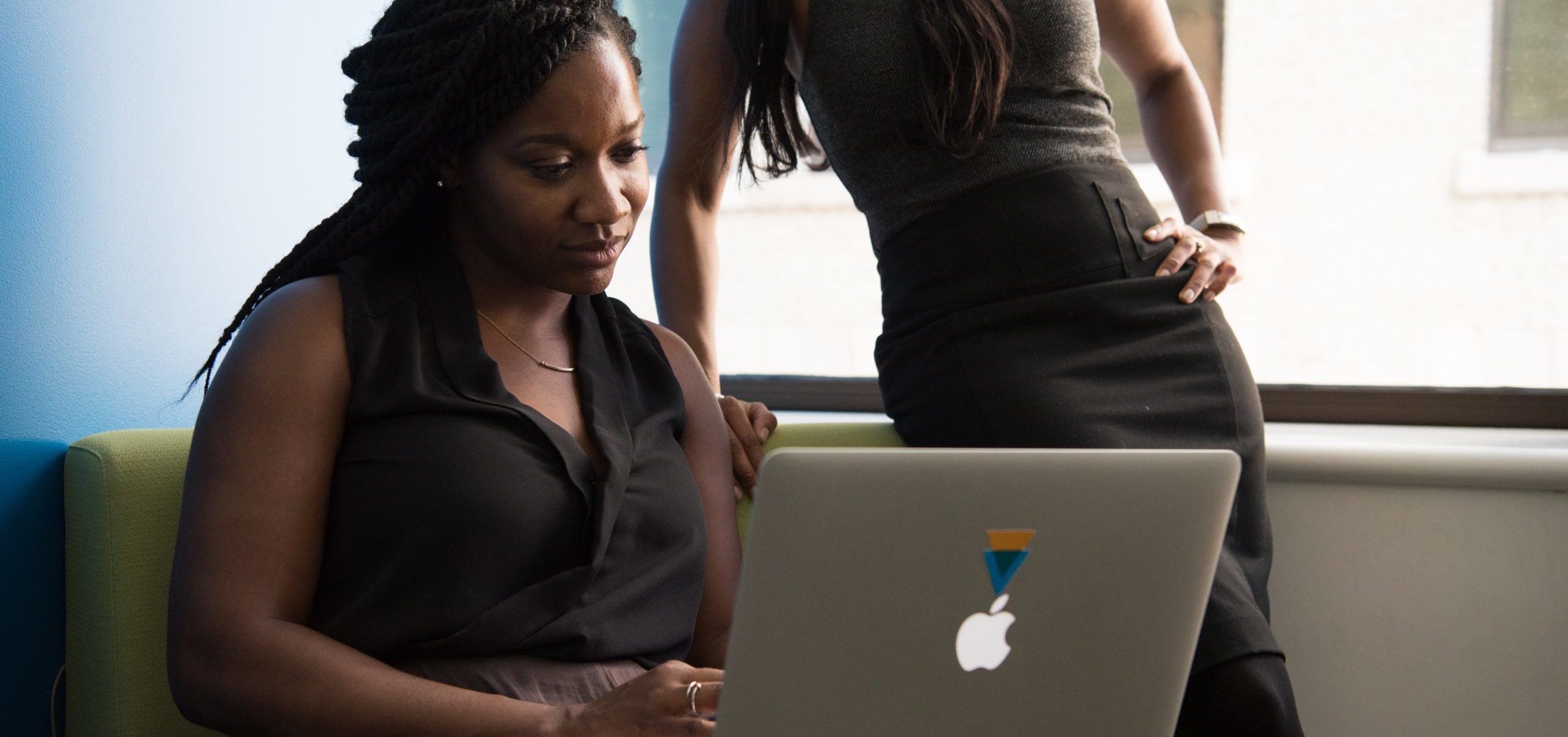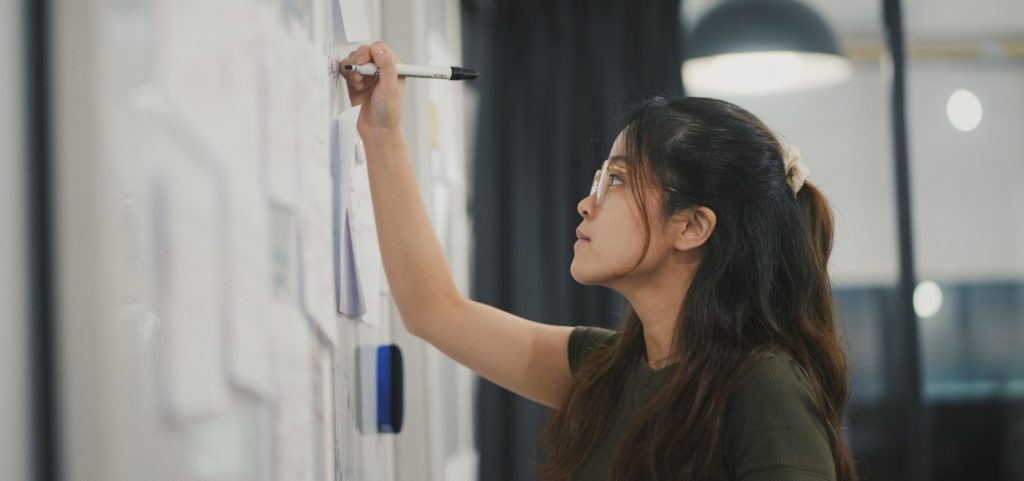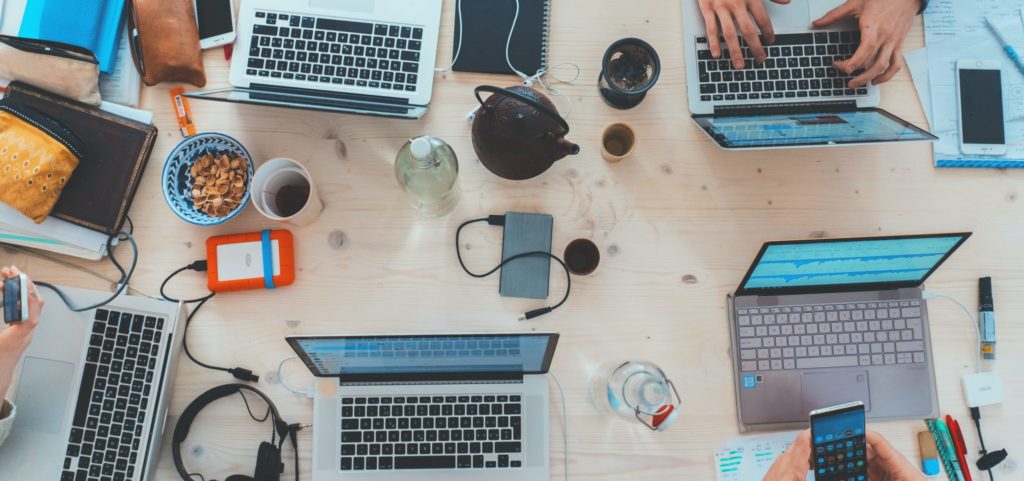In our ever-changing and highly competitive world, the role of higher education institutions in fostering professional growth is more important than ever.
That’s why today’s educators are always looking for new and innovative ways to help students achieve career success.
You’ve probably heard about the common catch-22 situation of needing experience to get an entry-level job—and the problem many fresh graduates face.
Well, collaborative and experiential learning is a sure-fire way to bridge this gap. By using this approach in your classroom, you’ll create a cohort of job-ready students with the hands-on experience necessary to kickstart their careers.
In this article, we’ll discuss how experiential learning fills the gap between education and employment and suggest some tools your institution can use to make the process easier, such as Practera’s dedicated experiential learning platform.
Practera makes delivering powerful experiential learning outcomes and eliminating the employment gap easy—just keep reading to find out how.
What is collaborative and experiential learning?
Collaborative learning and experiential learning are two distinct educational methods—but they work best together! Combining these strategies is a fantastic way to you’re your students engaged with coursework and boost their chances of success.
Purpose
Collaborative learning involves students working in small groups to solve problems. This approach is a powerful way to foster active learning and encourage students to embrace the working world’s interpersonal challenges.
Experiential learning, as you might gather from the name, is all about learning through experience. The approach centres around the experiential learning model designed by educational theorist David Kolb.
Some common examples of experiential and collaborative learning activities include:
- Internships and work placements,
- Work simulations,
- Applied group projects,
- Volunteer work,
- Fieldwork,
- Entrepreneurship and enterprises,
- Service-learning.
Essentially, experiential learning is all about applying what your students learn in the classroom to the real world, helping them understand the genuine impact of their work.
Combined, experiential and collaborative learning provide an experience much like a real workplace environment. And the results are clear. According to a 2017 study published in the Journal of Political Science Education, students participating in university internship programs:
- Had a greater likelihood of attending graduate school,
- Gained numerous practical skills,
- Were more confident in their decision-making,
- Felt better prepared for future career success.
Growth and popularity
Experiential and collaborative learning are becoming increasingly popular in higher education institutions across Australia and the world. Why? Because their impact is undeniable!
While traditional education still has its merits, it simply doesn’t apply as well to the world we live in today. Modern students need 21st-century skills to succeed in the workplace, and experiential and collaborative learning are some of the best ways to build these skills.

How does this approach foster professional growth in higher education?
So, we understand why experiential and collaborative learning are so popular among modern higher education institutions. But what aspects of these pedagogies foster professional growth? You’ll find your answers in this section.
Real-world experience
Let’s say you’re teaching a class of performing arts students. While learning about the theories and practises behind dance and drama is useful, your students will benefit much more from getting up on stage and performing!
If a dance student wants to succeed in professional life, it’s not enough to know the facts. They’ll need proven experience in performing in front of a live audience.
That’s where an experiential and collaborative approach, like work-integrated learning, comes in. You could have your students perform in a local stage production, helping them gain applicable skills and feel the real-world impact of their studies.
Interactive learning
Interactive learning is a teaching method involving active participation from the learner. For example, rather than sitting back and listening to a lecture, the student plays a reciprocal role in the lesson.
Interactive learning doesn’t necessarily need to be hands-on. It’s possible to make a traditional lecture interactive by involving students in the discussion, asking and answering questions, and inviting them to share stories or perspectives.
This type of learning is vital for professional growth because it bolsters critical thinking skills, keeps students engaged, and makes them feel valued for their input and opinions.
Exposure to different perspectives
Through collaborative experiential learning, your students will interact with people of all ages, cultures, skill levels, and backgrounds. This exposure to different perspectives is essential for success in the working world, where they’ll likely interact with a range of people each day.
For example, a student studying social work may choose to volunteer at a local care centre or association for vulnerable people. During their time volunteering, the student will get to know and interact with a variety of people, providing them with the interpersonal skills, resilience, and written and oral communication skills necessary to succeed in their career path.
Improves communication and leadership skills
Communication and leadership skills are critical for workplace success, especially if an individual aims to move up within their company or organisation. Instilling your students with these skills during their studies will give them the best chance at achieving their career goals.
Experiential and collaborative learning build communication and leadership skills by encouraging students to work together to solve a problem.
Ideally, every student should have the opportunity to ‘lead’ a team, whether through a group project, internship, or other experiential activity. Active application
One of the best parts of collaborative learning is the ability to apply experiences to real-world scenarios. This type of learning helps students:
- Feel more engaged with the content,
- Retain information more readily,
- Experience strong social development,
- Enjoy the learning experience,
- Build problem-solving and critical thinking skills,
- Develop creative and innovative new ideas,
- Feel more confident in their abilities.
Reflection and feedback
Feedback and reflection are essential parts of the experiential and collaborative learning process, helping students understand what they’ve learned, how they’re progressing, and where they can improve.
Collaborative feedback is even better. With this approach, students offer each other suggestions, reflections, and advice, building critical thinking skills and encouraging an interactive learning environment.
Understanding how to self-reflect and respond positively to feedback are essential job-ready skills. Employers look highly upon such skills as reflectors of candour and professionalism.
More benefits for educators and higher education institutions
Along with helping students with their professional growth, experiential and collaborative learning provide several other benefits for students, educators, and higher education institutions alike. Let’s discuss some of these benefits now.
Higher course completion rates
According to a 2019 study on accounting business students, graduation rates and end-of-course grades were notably higher for experiential learning students than non-experiential learning students.
These findings indicate that implementing experiential learning activities and projects within your classroom is a fantastic way to keep your students engaged and increase course completion.
Ownership over projects and tasks
One of the main aspects of experiential education is student-led learning. In other words, students have greater control over the subject, trajectory, and outcome of their learning than they would in a traditional classroom environment.
When students have the chance to define individual goals and objectives, they become more engaged with their work. When there’s no ‘right’ or ‘wrong’ answer, students are free to explore, investigate, and innovate without fear of making mistakes.
As such, in this type of learning environment, your role as a teacher is less about delivering information and more about facilitating discussions to guide students through their explorations.
Active engagement and performance
A 2018 study from St. Catherine University found that students participating in collaborative learning activities were more engaged and built stronger social-emotional skills necessary for success in modern life.
The study advises educators to incorporate collaborative learning, international group formation, and instruction on effective participation into coursework to improve engagement.
But why is experiential education so strongly connected with heightened student performance and engagement? Well, according to a Frontiers in Psychology study published in 2021, learner motivation is influenced by five key factors:
- The learner themselves,
- The educator,
- The teaching method,
- The learning environment,
- The course content.
When creating his experiential learning theory, Kolb took all five of these factors into account. Starting with the learner themselves, Kolb encouraged a focus on individual learning styles, tailoring the teaching method, environment, and content to the student’s needs and interests—in turn creating a richly interactive and deeply motivational educational approach.
Use of project-based learning
Project-based learning (PBL) is a branch of experiential education that focuses on student-driven, active experimentation. Learners engage with authentic, often hands-on experiences and work collaboratively to find a solution.
PBL projects typically focus on real-world problems, like current events or local community issues. Once students have identified the problem, they can begin working towards a solution, reflecting on their progress, and learning as they move forward.
Focusing on collaboration and active experimentation is the best way to successfully implement PBL within your classroom. For example, if there’s a problem with littering in your neighbourhood, your students could plan and run a community clean-up day, gaining key skills in leadership, problem-solving, and collaboration.
Implementing experiential and collaborative learning with Practera
Implementing the experiential and collaborative educational approaches is easier than ever with Practera’s range of dedicated tools. Designed for educators and higher education institutions, the platform makes delivering powerful cooperative learning experiences seamless.
The power of Practera is clear. It’s the key conduit for providing your students with the critical, real-world experience they need to land their first job.
Using our tools, which include detailed analytics, adaptive learning pathways, and clear performance tracking, you can help bridge the experience gap so many fresh graduates struggle with while reducing delivery costs.
Practera’s ready-made templates and project briefs make getting started quicker and easier than ever. You can browse through a range of template categories—like internships, team projects, or mentoring—and choose one to suit your exact needs. You can then customise or build upon the template or brief as you see fit.
Alongside our platform, our project-based learning managed service can help ensure your students are connected with the very best global organisations. By connecting with our team, we help do the work of setting up your program and can promise continuous support throughout with a dedicated program manager. Our services ensure your students get the most out of their experiential learning experience with the help of both our team and platform.
To learn more about what Practera’s experiential learning platform and dedicated team can do for you, your students, and your institution, connect with our team for a discussion today. You can also download our white paper to learn more.



